Developer Insights
Join millions of viewers! Our engineers craft human-written articles solving real-world problems weekly. Enjoy fresh technical content and numerous interviews featuring modern web advancements with industry leaders and open-source authors.
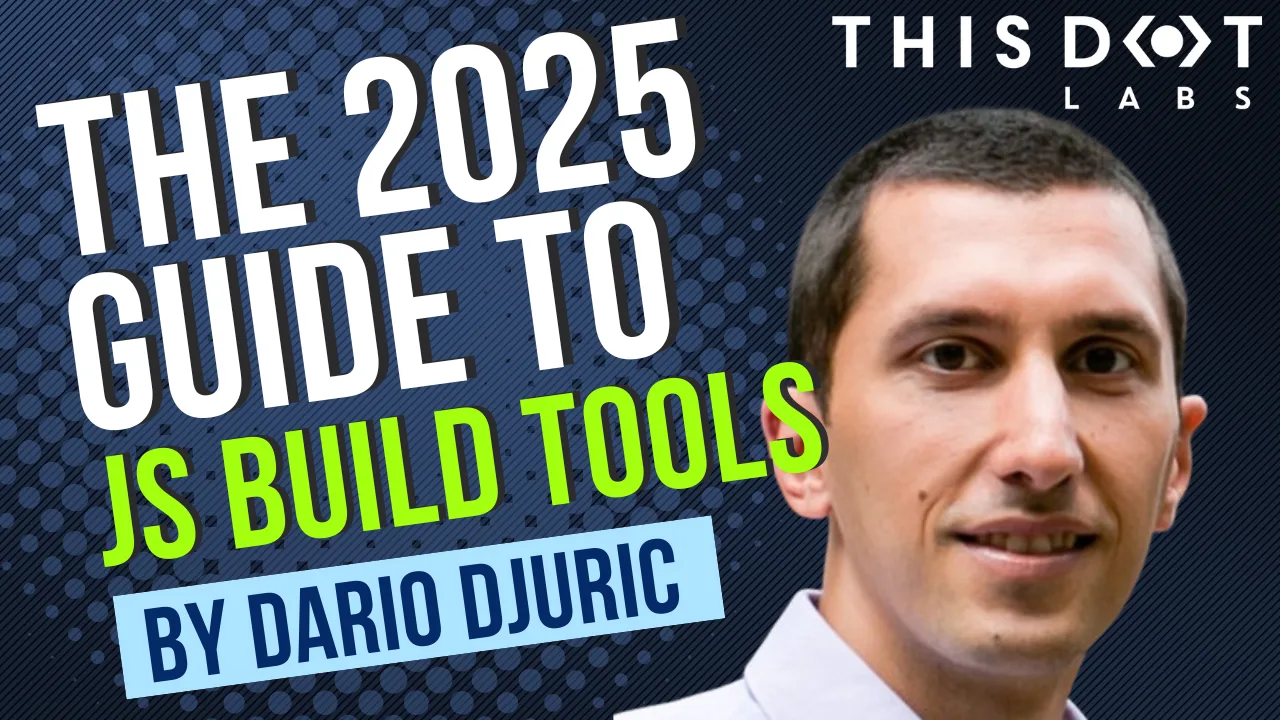
The 2025 Guide to JS Build Tools
An overview of the big ecosystem of JavaScript build tools as of January 2025....
Feb 14, 2025
12 mins
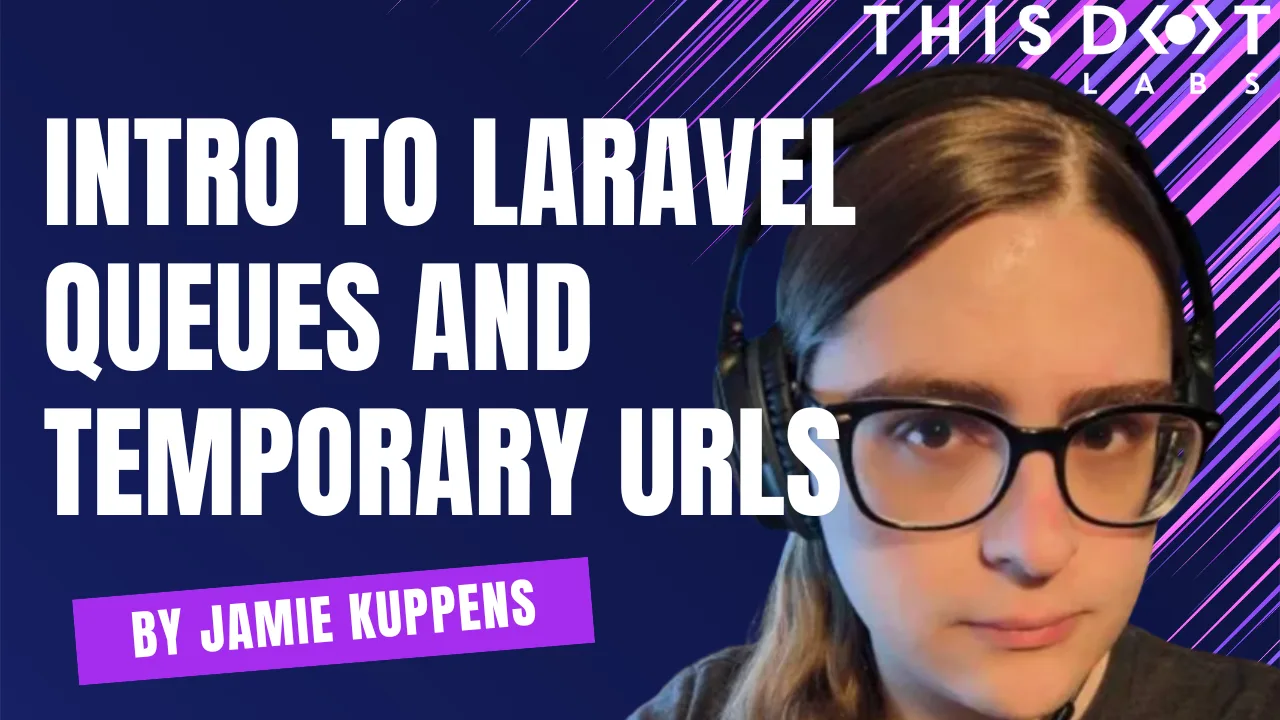
An Introduction to Laravel Queues and Temporary URLs
Laravel is a mature, robust and powerful web framework that makes developing PHP applications a breeze. In-particular I want to demonstrate how to create a website that can be used to convert videos online using queue jobs...
Feb 4, 2025
9 mins

An example-based guide to CSS Cascade Layers
CSS Cascade Layers make style management simple—see how in this example-driven guide....
Jan 22, 2025
4 mins

The Importance of a Scientific Mindset in Software Engineering: Part 1 (Source Evaluation & Literature Review)
Discover how adopting a scientific mindset can transform your software engineering practice....
Jan 10, 2025
14 mins

D1 SQLite: Writing queries with the D1 Client API
Explore writing SQL queries using the D1 client library and its trade-offs vs ORM’s...
Dec 23, 2024
6 mins

Building a Stripe App: A Step-by-Step Guide to QR Code Generation
I recently participated in an audio space with the Stripe team, and something they said really stuck with me: the Stripe app store is a growing area that isn't overly saturated yet....
Dec 18, 2024
4 mins
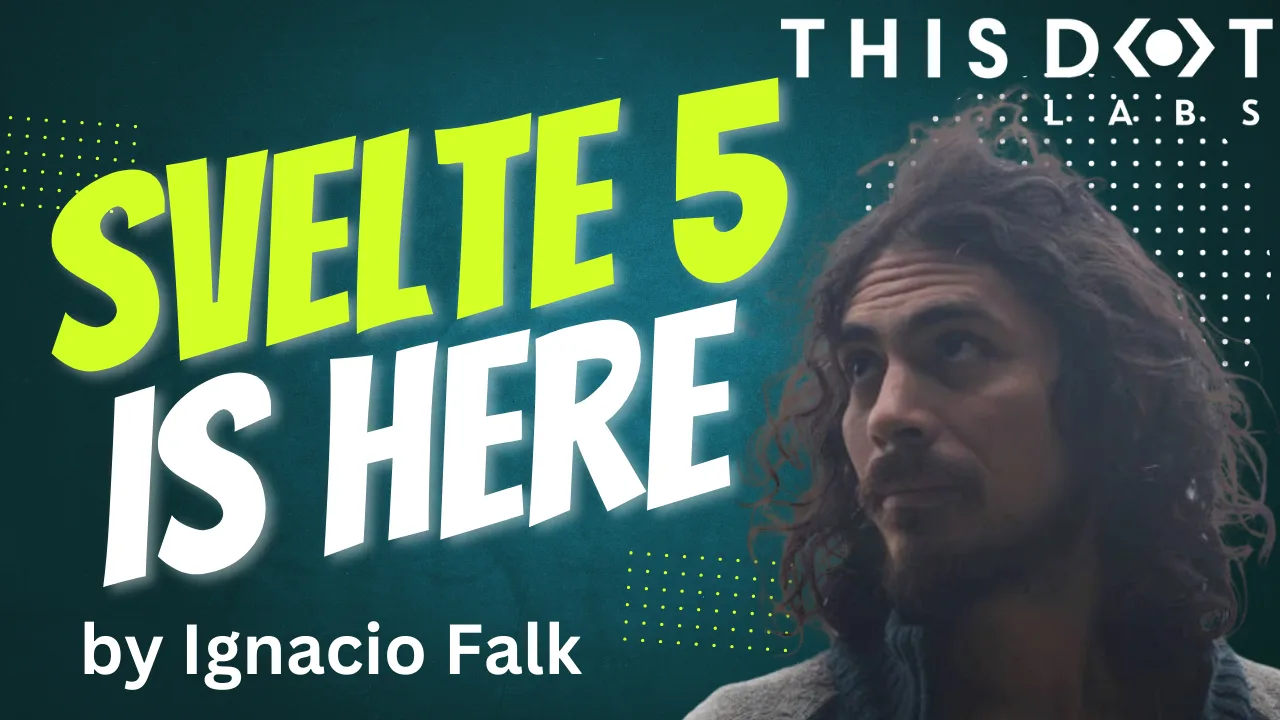
Svelte 5 is Here!
Svelte 5 was finally released after a long time in development. Fortunately, we've been able to test it for some time, and now it has a stable release....
Nov 27, 2024
4 mins
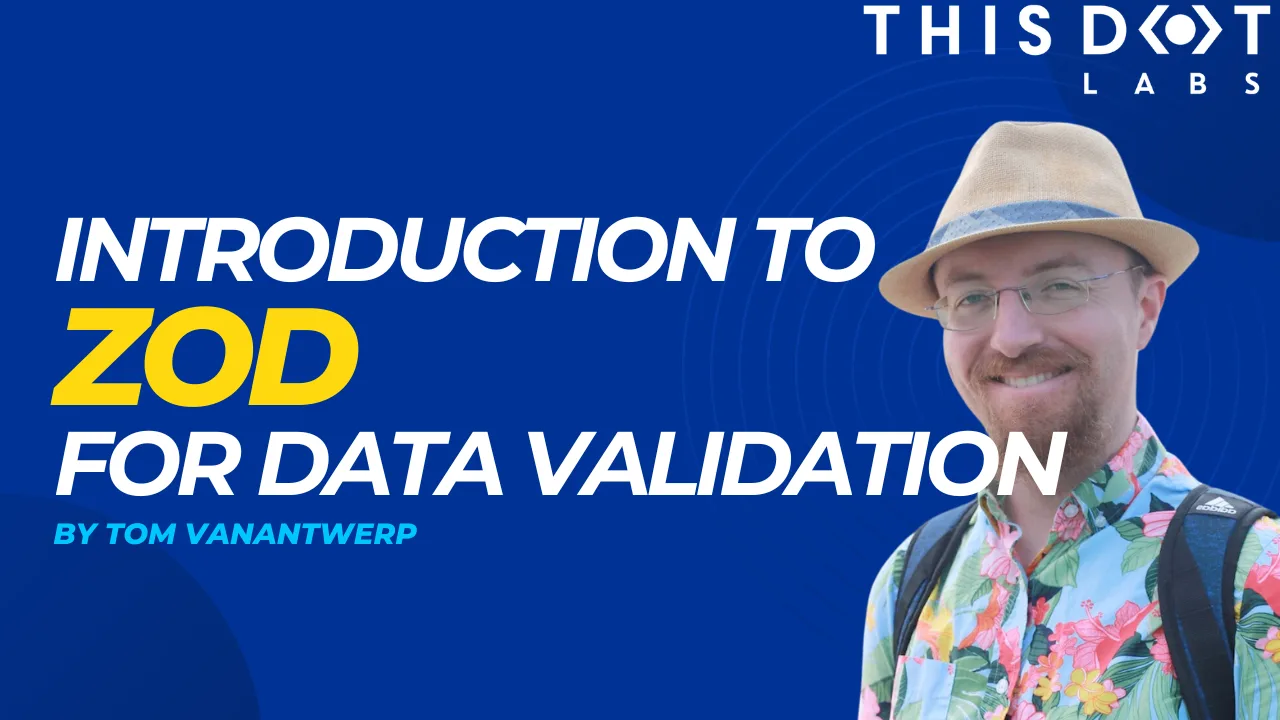
Introduction to Zod for Data Validation
As web developers, we're often working with external data that we don’t control and can’t expect to meet our expectations. But with the Zod library, we can define expected data schemas and validate incoming data against them....
Nov 15, 2024
7 mins

Understanding the Difference Between `:focus` and `:focus-visible` in CSS
Understanding the Difference Between :focus and :focus-visible in CSS I have learned my fair share about the importance of keyboard accessibility, so I know that visual indication of the focused element is very important. But the well-known :focus pseudo-class is not always the best fit for this job. That's where :focus-visible comes in. Let's look at the differences between these two pseudo-classes and explore the best practices for using them effectively. What is the :focus Pseudo-Class? The :focus pseudo-class is a CSS selector that applies styles to any element that receives focus, regardless of how that focus was triggered. This includes focus events from keyboard navigation, mouse clicks, and touch interactions. Example Usage of :focus ` In this example, the button will display a blue outline whenever it is focused, whether the user clicks on it with a mouse, taps it on a touchscreen, or navigates to it using the keyboard. What is the :focus-visible Pseudo-Class? The :focus-visible pseudo-class is more specialized. It only applies styles to an element when the browser determines that the focus should be visible. This typically occurs when the user navigates via the keyboard or assistive technologies rather than through mouse or touch input. Example Usage of :focus-visible ` Here, the button will only show a blue outline when focused through keyboard navigation or another input method that usually requires visible focus indicators. Key Differences Between :focus and :focus-visible :focus - Behavior: Applies to any element that receives focus, regardless of the input method. - Use Cases: Ensures that all interactions with the element are visually indicated, whether by mouse, keyboard, or touch. :focus-visible - Behavior: Applies styles only when the focus should be visible, such as using a keyboard or assistive technology. - Use Cases: Ideal for scenarios where you want to provide focus indicators only to keyboard and assistive technology users while avoiding unnecessary outlines for mouse and touch users, typically required by design. Accessibility Implications :focus - Pros: - Guarantees that all users can see when an element is focused, which is critical for accessibility. - Cons: - Can lead to a suboptimal experience for mouse users, as focus styles may appear unnecessarily during mouse interactions. :focus-visible - Pros: - Enhances user experience by showing focus indicators only when necessary, thus keeping the interface clean for mouse and touch users. - Tailors the experience for keyboard and assistive technology users, providing them with clear visual cues. - Cons: - Additional considerations may be required to ensure that focus indicators are not accidentally omitted, especially in older browsers that do not support :focus-visible. - There may be cases where you want to show focus indicators for all users, regardless of input method. Best Practices for Using :focus and :focus-visible To achieve the best accessibility and user experience, combining both :focus and :focus-visible in your CSS is often a good idea. Combining :focus and :focus-visible ` Here is a Stackblitz example of what such styling could look like for you to try out and play with. Additional Tips - Test with Keyboard and Assistive Technology: Ensure that your web application is navigable using a keyboard (Tab, Shift + Tab, etc.) and that focus indicators are visible for those who rely on them. It's never a bad idea to include accessibility testing in your e2e testing suite. - Provide Clear Focus Indicators: Make sure that focus indicators are prominent and easy to see. A subtle or hard-to-spot focus indicator can severely impact accessibility for users who rely on keyboard navigation. Conclusion The :focus-visible pseudo-class offers a more refined way to manage focus indicators, improving accessibility and user experience, particularly for keyboard and assistive technology users. By understanding the differences between :focus and :focus-visible, and applying best practices in your CSS, you can create more accessible and user-friendly web applications. Remember, accessibility should never be an afterthought. By thoughtfully applying focus styles, you ensure that all users, regardless of how they interact with your site, can easily navigate and interact....
Nov 8, 2024
3 mins
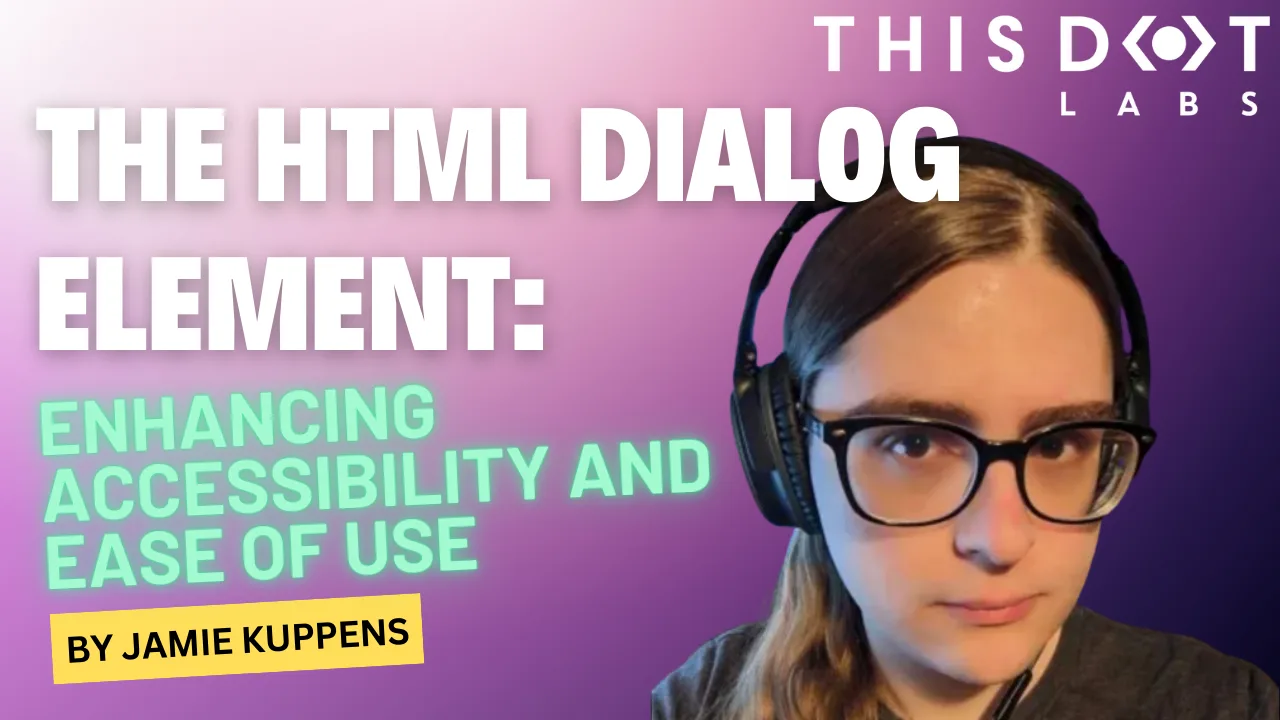
The HTML Dialog Element: Enhancing Accessibility and Ease of Use
The new dialog element streamlines the implementation of accessible dialogs, modals, and other kinds of non-modal dialogs....
Oct 25, 2024
4 mins
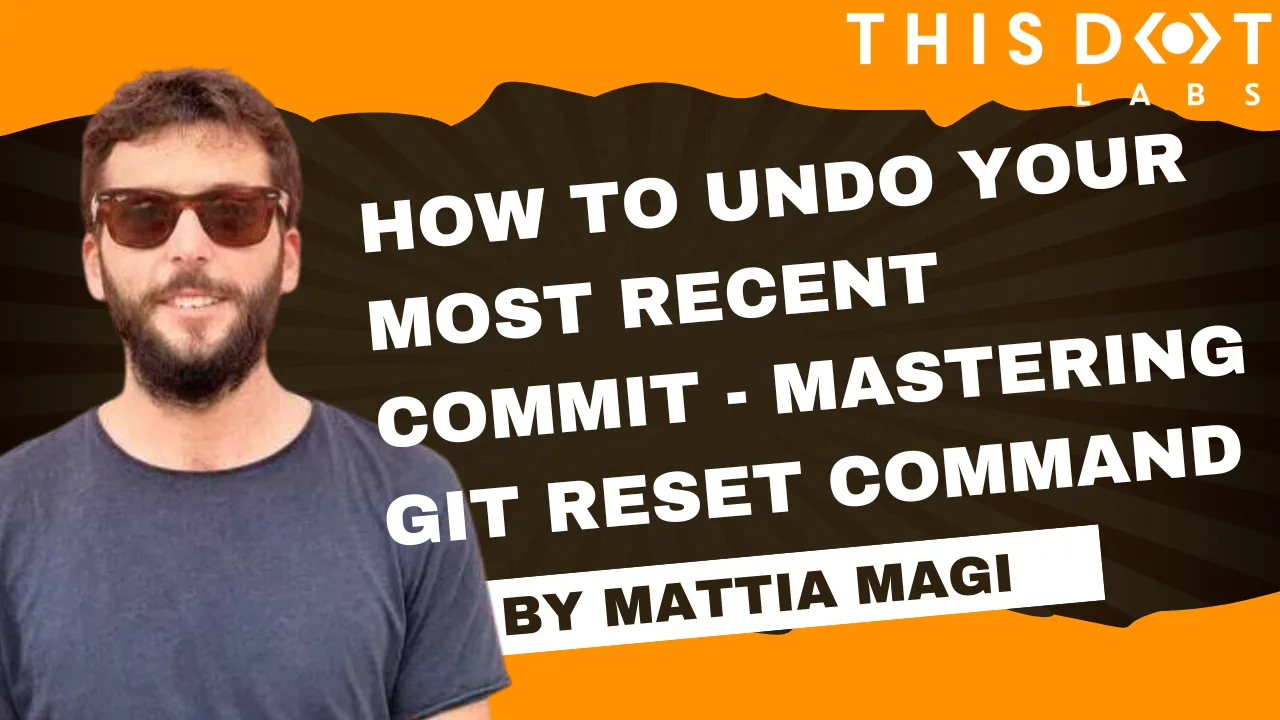
"How do I undo my most recent commit?" - Mastering the git reset command
Ever messed up a commit? Learn how to undo it like a pro! Our new blog post breaks down the git reset command, helping you navigate those "oops" moments with confidence....
Oct 18, 2024
2 mins

Exploring Angular Forms: A New Alternative with Signals
In the world of Angular, forms are essential for user interaction, whether you're crafting a simple login page or a more complex user profile interface....
Oct 4, 2024
5 mins
Let's innovate together!
We're ready to be your trusted technical partners in your digital innovation journey.
Whether it's modernization or custom software solutions, our team of experts can guide you through best practices and how to build scalable, performant software that lasts.